Back when I worked in fashion magazines, makeup features were my favourite stories to write. I’d call in a bunch of products, gather round a table with my colleagues, and spend the afternoon testing different cosmetic colours and textures. It’s how I discovered my ideal red lipstick (Nars Jungle Red, in case you’re wondering), my ride-or-die mascara (CoverGirl Clump Crusher) and the perfect pinky-white nail colour (three coats of Essie Ballet Slippers).
But I never quite cracked nude lipstick. For all the “how to recreate J.Lo’s nude makeup look” pieces I produced – and there were a lot – I failed to find one that didn’t make me look sickly. And now, looking back, I realise why.
Whenever I wrote beauty features, I organised product and shade suggestions into three categories: fair, medium and dark skin tones. It didn’t matter whether I was writing a “find your foundation” story or an “update your hair colour” feature, everything slotted into those three skin tone groups. Why? I’m not sure. Perhaps that was just how the way it was done back then, or maybe I was explicitly advised by my colleagues. Regardless, that’s how it went for a long time.
Even though I had a lot of access to beauty products, I failed to find one that didn’t make me look sickly
My own Lebanese-Australian heritage and olive skin placed me in the “medium” group, but even though I had access to a lot of product (perk of the job), I struggled to find a nude lipstick that worked for me.
Then, in 2017, Rhianna launched Fenty Beauty, and I realised how myopic my thinking had been. Forget three shades of nude. Or six. Or the generally accepted notion that “nude” meant beige or peach. Fenty offered 40 foundation shades (and has since added another 10 shades to the range) in a move that instantly exposed the beauty industry’s lack of inclusivity up until that moment.
(It should be noted, that for all the barriers that Fenty broke, it technically wasn’t the first to stock a wide foundation colour range – MAC Cosmetics and Estee Lauder have been doing it for years. “We’ve always celebrated individuality and diversity,” confirms MAC Pro global senior artist Carol Mackie, pointing to Studio Fix Foundation which launched with more than 30 shades a decade ago.)
But Fenty Beauty catapulted onto the scene, just as Generation Z – the world’s most ethnically diverse generation – came of age, and social media exploded, bringing with it a variety of voices and a hunger for new cultural perspectives.
In the beauty world, a boom in Korean and Japanese beauty (AKA K-Beauty and J-Beauty) had expanded the consumer mindset, and piqued beauty lovers’ interest in the beauty rituals from around the world.
This melting of beauty borders is shifting what has long been the beauty ideal – fair skin, pale hair, light eyes – and is expanding the very definition of beauty itself – and it’s not just nimble start-ups that are making changes, but even the big guns like L’Oreal Group, the world’s largest cosmetic and beauty company and home to prestige and mass brands like Lancôme, Giorgio Armani, Maybelline New York and L’Oreal Paris. “We understand the need to adapt our global brands to local consumers,” explains Georgia Reid, head of communications at L’Oreal Australia.
Growing up, my own ideas of beauty were confused. As immigrants who didn’t speak the local language, my parents naturally spent most of their time with other Lebanese migrants, and within this “little Lebanon”, everyone looked similar – olive skin, dark hair, brown eyes. Just like me. My friends at school tended to be Lebanese, too, because it was just easier and meant I didn’t have to explain my “exotic” lunch and why I couldn’t go to the movies on Sunday afternoon because I had my cousin’s christening (and yes, it is the third christening I’ve had this month, but that’s what takes up calendar space when you have a large extended family).
Growing up my own ideas of beauty were confused
But then I’d pick up the monthly fashion magazines I loved so much, and what I saw on those pages was vastly different: supermodels with fair skin and freckles, hair the colour of cornsilk, and eyes as blue as the sea at Bondi Beach.
I can’t honestly say I consciously thought these women were the beauty ideal. But studies like the infamous ‘Doll Test’ of the 1940s – which found that when children were presented with dolls, even black children identified the white dolls as more “beautiful” – have found that race-based beauty ideals can run deep. (In the years since the study, psychologists have generally noted that black children’s self-perception has improved, while white kids’ stereotypical views are typically consistent.) So maybe it happened subconsciously?
Because, looking back, there were subtle concessions – cursing my curly hair and ironing it straight every Saturday night, bleaching and plucking unwanted hair at an earlier age than I probably should have. And then there were those aforementioned magazine stories – the ones that I now realise were extremely narrow in their scope, and which I wish I could re-write.
But, alas, we can’t rewrite the past. So here’s where I’m at, right now: last year I wore my first nude lipstick in public. It was Charlotte Tilbury Pillow Talk, the nude that’s widely praised as universally flattering, but for me required a layer of Bobbi Brown’s Pink Rose underneath to bring it into pinky-nude territory. MAC recently launched their Stripdown collection of 36 nude lipsticks, and while I’m hesitant to take Mackie’s advice – “A tip I recently heard, and loved, was to match the colour to your nipple,” she shares (how does one do that in store?) – I’m optimistic that The One, my one, is out there.
And so I’ll keep searching.




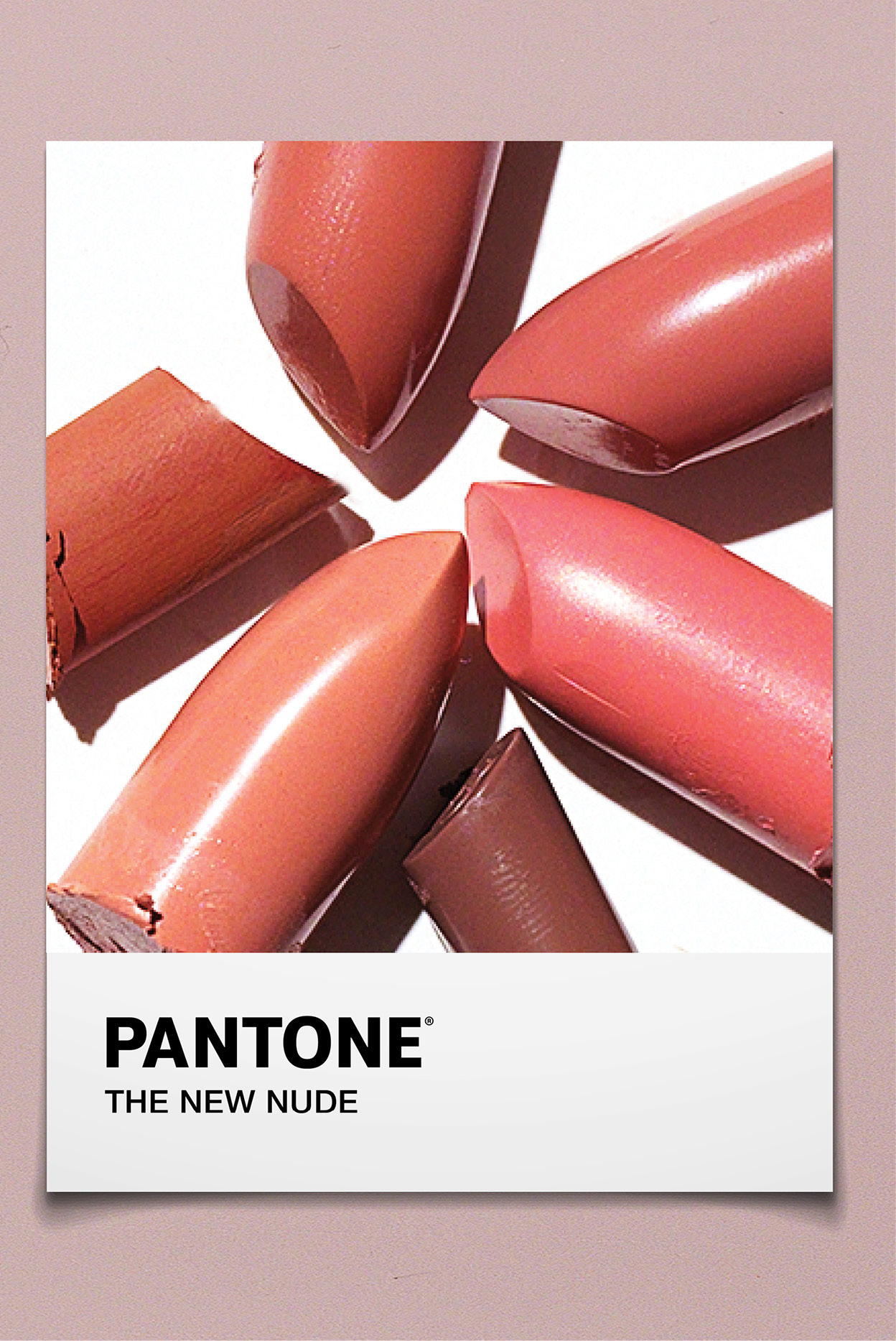
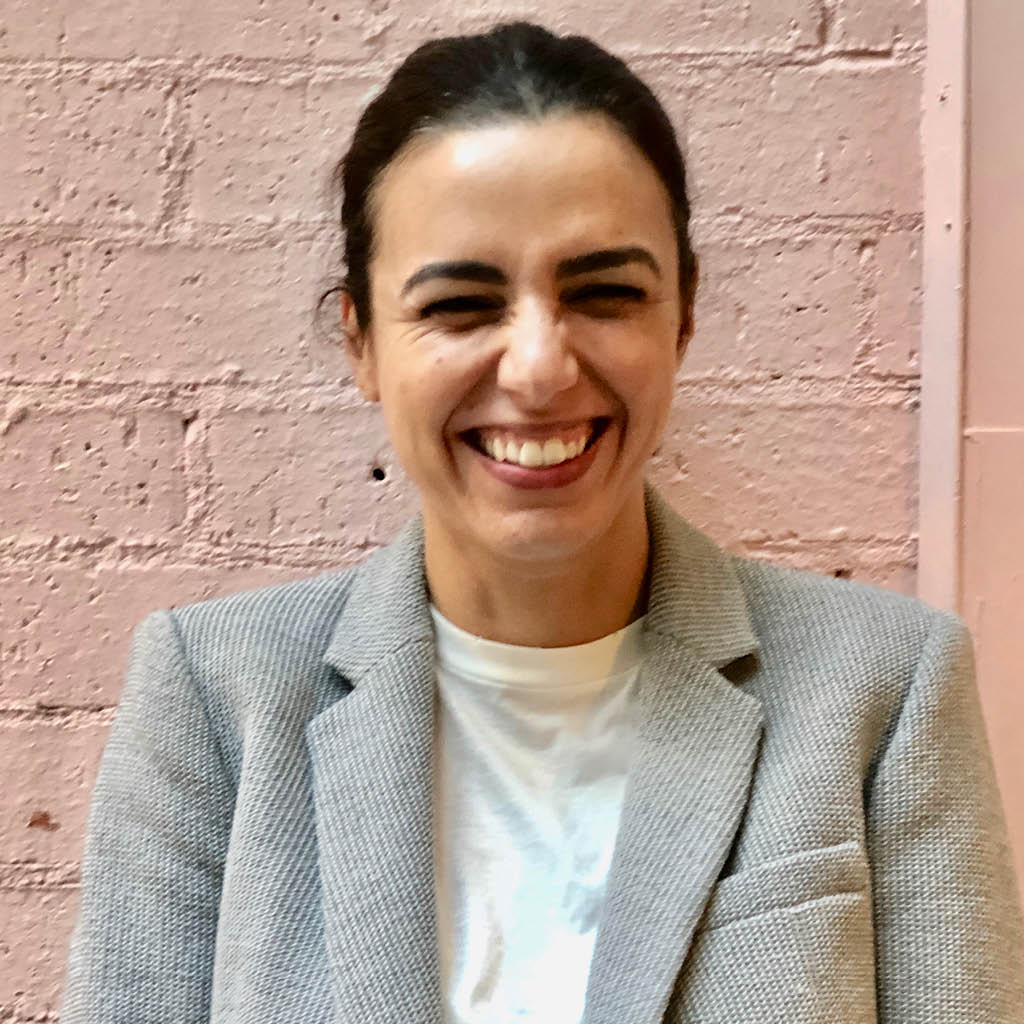
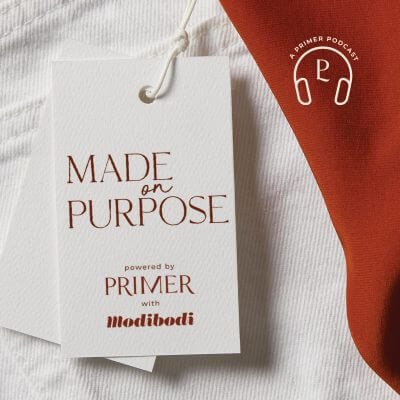

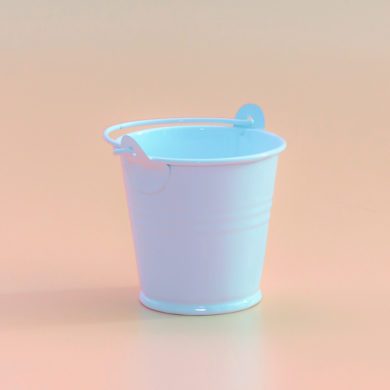
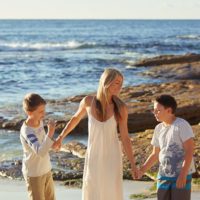

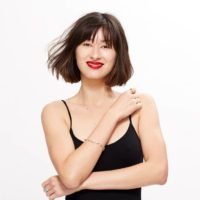
No Comments